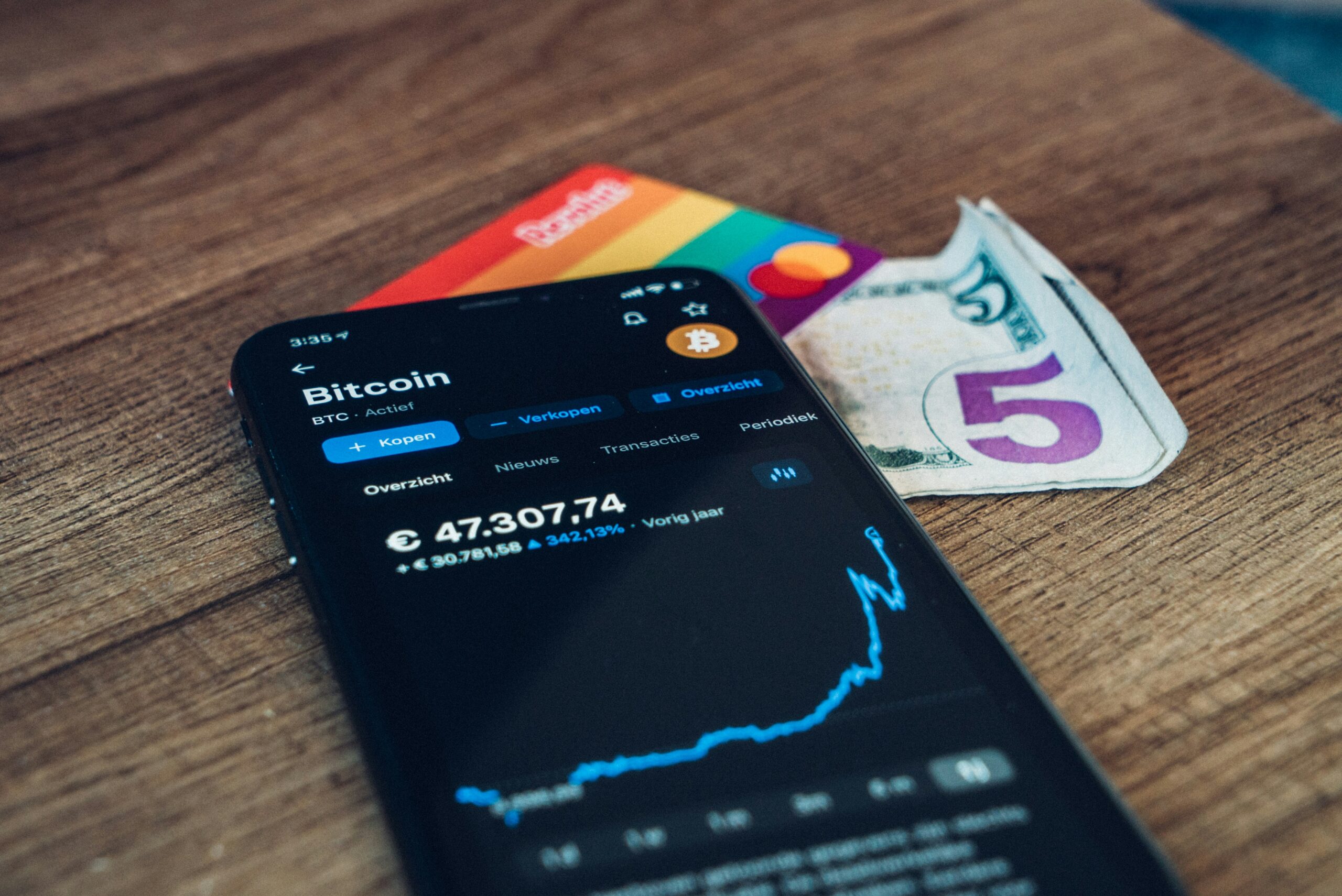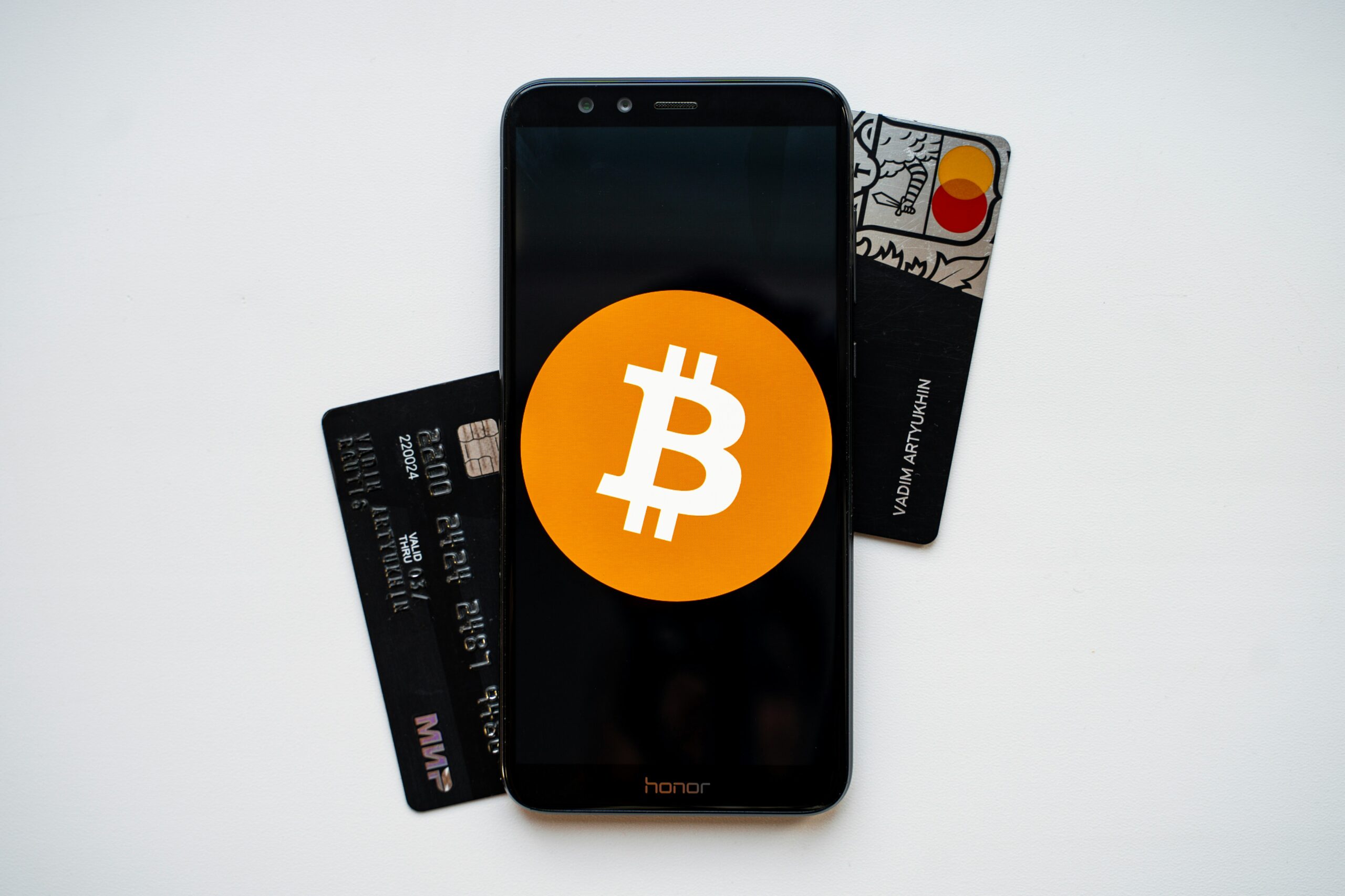Introduction to Bitcoin Wallets
Bitcoin wallets are essential tools for anyone looking to engage with the world of cryptocurrency. They serve as digital storage solutions that allow users to send, receive, and store Bitcoin. Understanding the fundamental role of a Bitcoin wallet is crucial as it ensures the security and management of your digital assets. Unlike traditional wallets, Bitcoin wallets do not store physical currency but rather the cryptographic keys that provide access to your Bitcoin holdings.
There are several types of Bitcoin wallets, each suited to different needs and preferences. Hardware wallets are physical devices that store your private keys offline, providing a high level of security against cyber threats. Software wallets, on the other hand, are applications that can be installed on your computer or mobile device, offering ease of access and convenience. Mobile wallets are a subset of software wallets, designed specifically for smartphones, enabling users to manage their Bitcoin on-the-go. Lastly, paper wallets involve printing your public and private keys on a piece of paper, ensuring that your keys are kept offline and away from potential online vulnerabilities.
Security and privacy are paramount when dealing with Bitcoin wallets. Since the cryptocurrency space is a prime target for cybercriminals, understanding how to secure your Bitcoin wallet is vital. This includes using strong passwords, enabling two-factor authentication, and keeping your private keys confidential. Regularly updating your software wallet and being cautious of phishing attacks can further enhance your security measures.
The basic functionalities of a Bitcoin wallet encompass sending, receiving, and storing Bitcoin. To send Bitcoin, you will need the recipient’s wallet address and the amount you wish to transfer. Receiving Bitcoin involves sharing your wallet address with the sender. Storing Bitcoin securely is perhaps the most critical function, as it ensures that your digital assets are safe from unauthorized access and potential threats.
By understanding these key aspects of Bitcoin wallets, you can make informed decisions and effectively manage your cryptocurrency transactions, ensuring both security and convenience.
Setting Up Your Bitcoin Wallet
Setting up a Bitcoin wallet is a crucial first step in managing your cryptocurrency. The process varies depending on the type of wallet you choose: software, hardware, or paper. Below is a detailed guide for each type, ensuring you secure your assets effectively.
Software Wallets: These are applications that you download and install on your computer or mobile device. Start by selecting a reputable wallet provider, such as Electrum or Mycelium. Visit the provider’s official website or app store to download the software. Install the application, and upon opening it for the first time, you’ll be prompted to create a new wallet. Follow the on-screen instructions to generate your wallet. Ensure you securely store the seed phrase provided, as it is essential for recovering your wallet if you lose access to your device.
Hardware Wallets: These physical devices store your Bitcoin offline, providing an extra layer of security. Popular brands include Ledger and Trezor. To set up, first purchase and unbox the device. Connect it to your computer and follow the manufacturer’s instructions to download the accompanying software. Initialize the device by creating a new wallet, and again, make sure to write down the seed phrase and store it in a safe place. Most hardware wallets also allow you to set a PIN for additional security.
Paper Wallets: This method involves generating and printing a pair of private and public keys on paper. Websites like bitaddress.org can help you create a paper wallet. After generating the keys, print them out and store the paper in a secure location. Paper wallets are highly secure as they are completely offline, but they can be lost or damaged, so consider making multiple copies and storing them in different locations.
Security Tips: Regardless of the wallet type, security is paramount. Create strong, unique passwords for your wallet accounts. Enable two-factor authentication (2FA) where possible to add an extra security layer. Regularly back up your wallet’s seed phrase and store it in multiple secure locations. This precaution ensures that you can always recover your wallet and funds if needed.
Using Your Bitcoin Wallet
Using a Bitcoin wallet for everyday transactions is a straightforward process once you become familiar with the basic steps. Initially, you will need to generate a wallet address to receive Bitcoin. Most Bitcoin wallets will automatically create a new address for each transaction to enhance privacy, but you can also use the same address multiple times if preferred. To generate a wallet address, simply navigate to the “Receive” section of your wallet application and follow the prompts to create a new address. Share this address with the sender to receive Bitcoin.
Sending Bitcoin is equally simple. Start by going to the “Send” section of your wallet. Enter the recipient’s wallet address and the amount of Bitcoin you wish to send. Be sure to double-check the recipient’s address, as transactions cannot be reversed once sent. After inputting all necessary information, you will often have the option to choose the transaction fee. Higher fees generally result in quicker confirmation times, while lower fees may lead to delays.
Checking your transaction history is essential for keeping track of your Bitcoin activities. Most wallets have a “History” or “Transactions” section where you can view all incoming and outgoing transactions. Here, you can see details such as the date, amount, and confirmation status of each transaction. This feature is vital for maintaining accurate records and ensuring that all your transactions have been successfully processed.
When using your Bitcoin wallet, it is crucial to be aware of common pitfalls. Always verify addresses before sending Bitcoin to prevent irreversible errors. Additionally, be mindful of transaction fees and confirmation times, as they can significantly impact the speed and cost of your transactions. By following these guidelines, you can effectively manage your Bitcoin wallet and conduct transactions with confidence.
Advanced Features and Tips
As you become more familiar with Bitcoin wallets, exploring advanced features can significantly enhance your experience and security. One such feature is the multi-signature wallet, which requires multiple private keys to authorize a transaction. This adds an extra layer of security, as it prevents a single point of failure. For instance, you can set up a multi-signature wallet to require approval from two out of three keys to complete a transaction, making it much more difficult for a malicious actor to access your funds.
Integrating your Bitcoin wallet with cryptocurrency exchanges can streamline your trading activities. Most modern wallets offer API integration with popular exchanges, allowing you to execute buy and sell orders directly from your wallet interface. This not only saves time but also reduces the risk associated with transferring funds between different platforms. Ensure that you only integrate with reputable exchanges to minimize security risks.
Bitcoin wallets are also increasingly being used in decentralized finance (DeFi) applications. DeFi offers a range of financial services, such as lending, borrowing, and yield farming, all without intermediaries. By connecting your wallet to DeFi platforms, you can participate in these services while maintaining control over your private keys. However, always conduct thorough research on the DeFi projects you engage with to avoid potential scams and vulnerabilities.
Staying informed about the latest security practices and wallet updates is crucial for safeguarding your Bitcoin holdings. Regularly check for software updates from your wallet provider, as these often include important security patches. Additionally, follow reputable sources for news on emerging threats and best practices in the cryptocurrency space. Employing a hardware wallet for long-term storage can further enhance security, as these devices are less susceptible to malware and hacking attempts.
By leveraging these advanced features and adhering to best practices, you can maximize both the functionality and security of your Bitcoin wallet, ensuring a safer and more efficient cryptocurrency experience.


